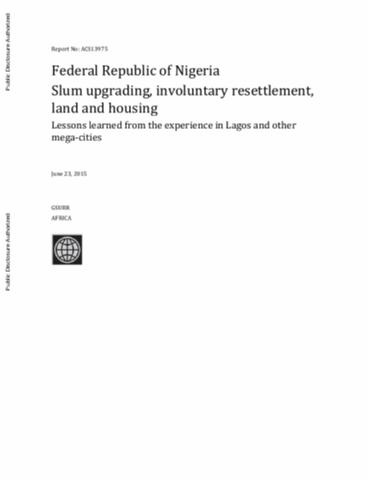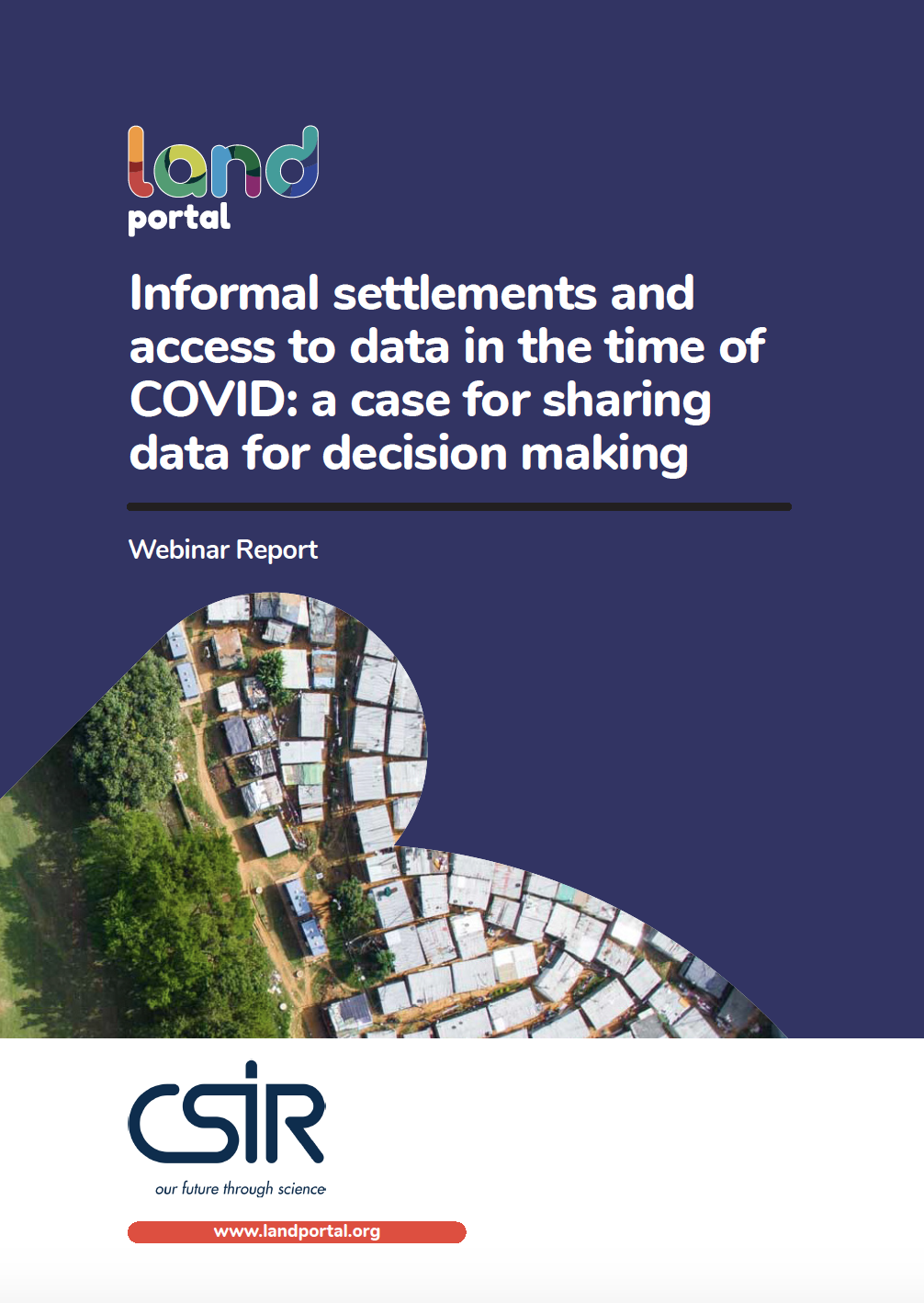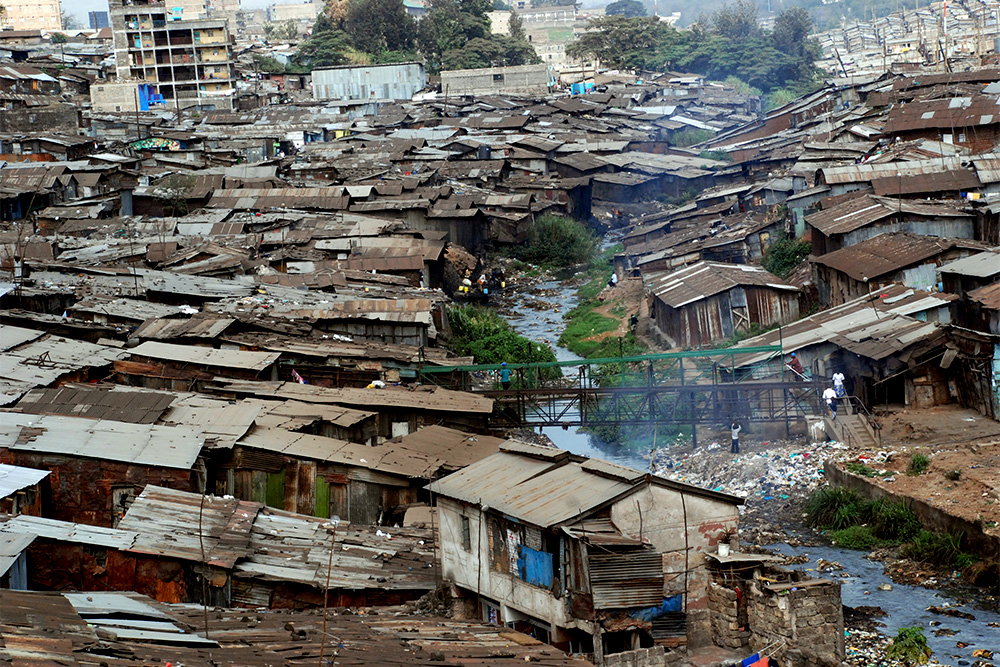Assessing Benefits of Slum Upgrading Programs in Second-Best Settings
Slum upgrading programs are being used by national and city governments in many countries to improve the welfare of households living in slum and squatter settlements. These programs typically include a combination of improvements in neighborhood infrastructure, land tenure, and building quality. In this paper, the authors develop a dynamic general equilibrium model to compare the effectiveness of alternative slum upgrading instruments in a second-best setting with distortions in the land and credit markets.




